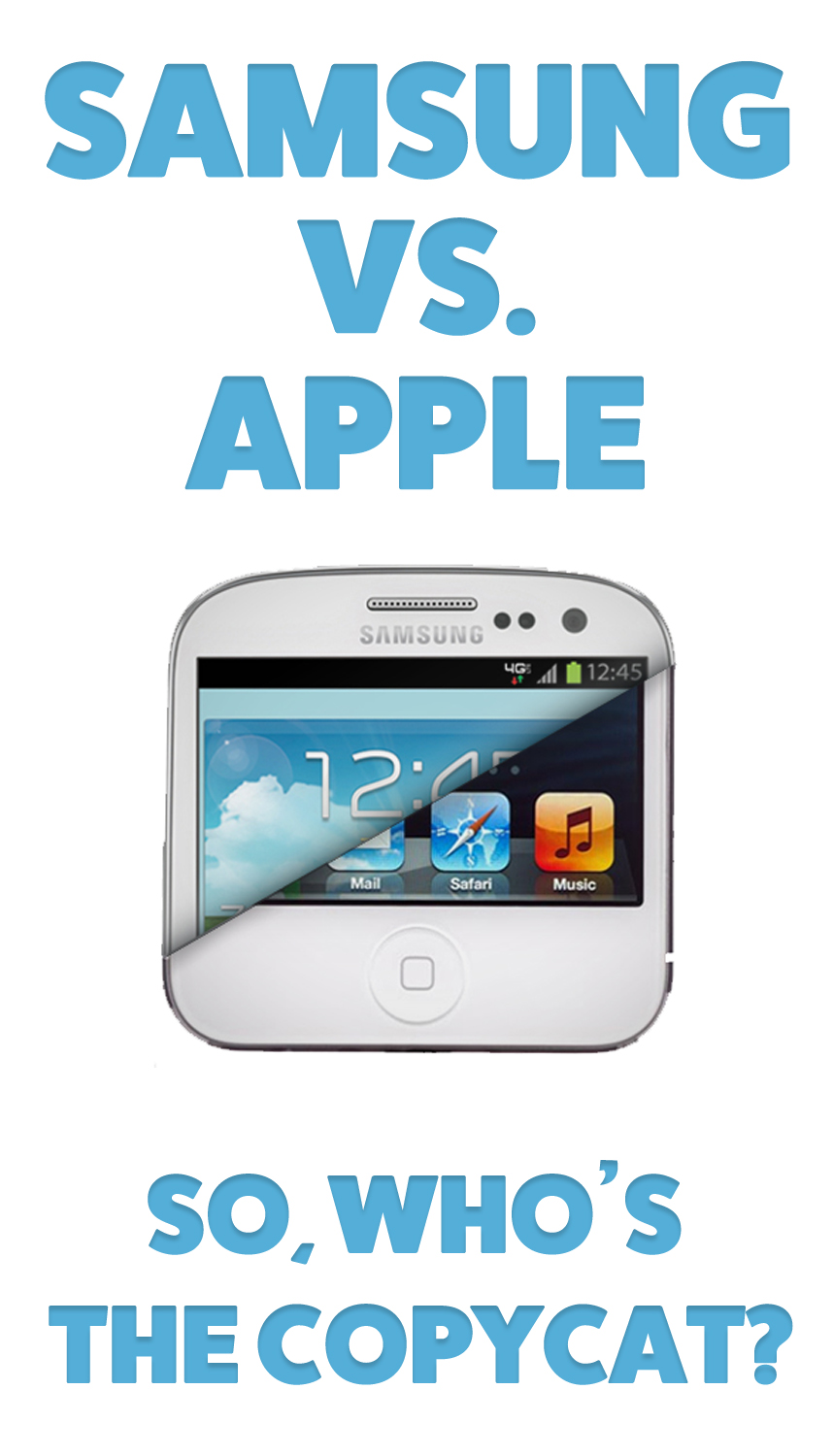As an iPhone 4S user who had been contemplating between Samsung’s Galaxy Note 4 and Apple’s iPhone 6 Plus, Vivian Lee’s blog post “So, Who’s the Copycat?” caught my attention. In the blog post, Vivian wittily talks about the marketing competition between the two technology giants, Samsung and Apple.
A few weeks ago, Apple launched the 5.5-inch iPhone 6 Plus with the slogan “bigger than bigger.” Although Samsung users had been using 5.3+ inch smartphones since 2011, Apple emphasized the new iPhone’s big screen size as if it was one of their latest mind-blowing brainwaves that had never existed before. However, Apple’s “new invention” is seemingly contradictory to what Steve Jobs had said about large smartphones. “You can’t get your hand around it,” Jobs had said, “no one’s going to buy that.”
In response to Apple’s new product, Samsung came up with numerous humiliating parody advertisements mocking the iPhone 6. In one of the advertisements, an ad comes up that reads ” ‘No one is going to buy a big phone.’ Guess who surprised themselves and changed their minds.”
Mocking and poking fun of Apple’s products shouldn’t be the top strategy for Samsung in order it to be reputed as an honorable fair player in the technology market. Nonetheless, completely abandoning the iPhone’s unique feature of being “small and easy to grab” and making the iPhone less unique and more similar to Samsung’s smartphones wasn’t a good strategy for Apple either. I agree with Vivian’s point: Samsung and Apple, the world’s leading technology companies should both create two distinctive, exceptional products and marketing strategies instead of spending most of their time peeping at each other.
Sources:
Vivian Lee’s blog post: https://blogs.ubc.ca/leeviviann/2014/09/22/so-whos-the-copycat/
http://www.businessinsider.com/steve-jobs-was-wrong-about-big-phones-2014-9
http://www.smh.com.au/digital-life/mobiles/samsung-mocks-apples-iphone-6-watch-in-new-ads-20140912-10fxp3.html
Photo: http://www.techfever.net/2012/11/samsung-galaxy-s-iii-overtakes-the-iphone-4s-in-worldwide-sales/



